The dancers and their doctors
By Jan Jarvis
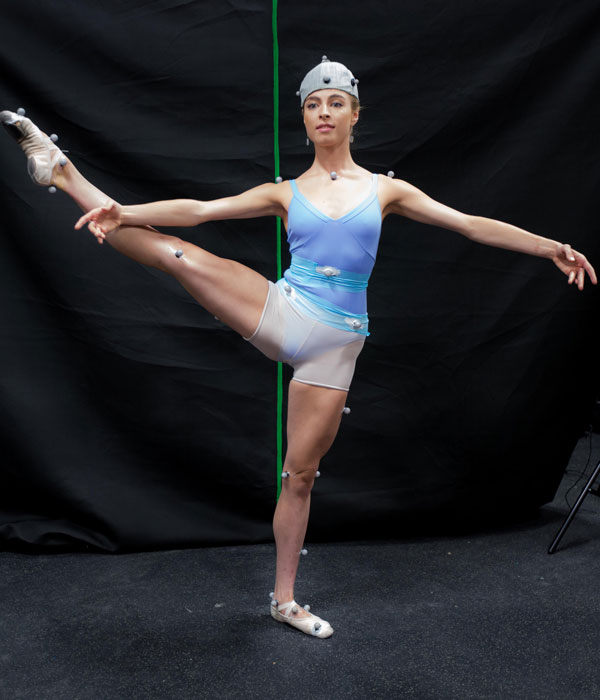
About halfway through a ballet season filled with graceful leaps and pounding landings, dancer Celesta Gaiera had not suffered a single injury.
Physical therapy, massage and compression boots helped keep the Texas Ballet Theatre dancer on her feet through “Cinderella,” “Cleopatra” and “The Nutcracker.”
“As dancers, we are extremely in tune with our bodies and proactive when it comes to staying injury-free,” she said. “When I feel an ache or pain coming on, or even if something feels slightly out of place structurally, I immediately roll out, stretch, or utilize our preventative care services in order to stay healthy.”
To help dancers keep performing, UNT Health Science Center researchers are using motion capture technology to identify movements that over time could possibly lead to tendonitis, fractures and other injuries. A team that includes physicians, physical therapists and researchers are monitoring Texas Ballet Theater dancers throughout the season.
The goal is to find ways to prevent injuries rather than rehabilitate them, said Sajid Surve, DO, Associate Professor of Family Medicine and Co-Director of the UNT Texas Center for Performing Arts Health.
“If we can predict which ballet dancers are going to get hurt at the start of the season, we can perform interventions and prevent injuries, rather than waiting until they get hurt in the middle of the season,” Dr. Surve said.
To capture data as dancers practice, researchers have taken a mobile version of UNTHSC’s Human Movement Performance Lab to the Texas Ballet Theater. They have recorded dancers performing the same movements and then looked for changes, said Rita Patterson, PhD, director of Research in the Department of Manipulative Medicine and Professor in Manipulative Medicine.
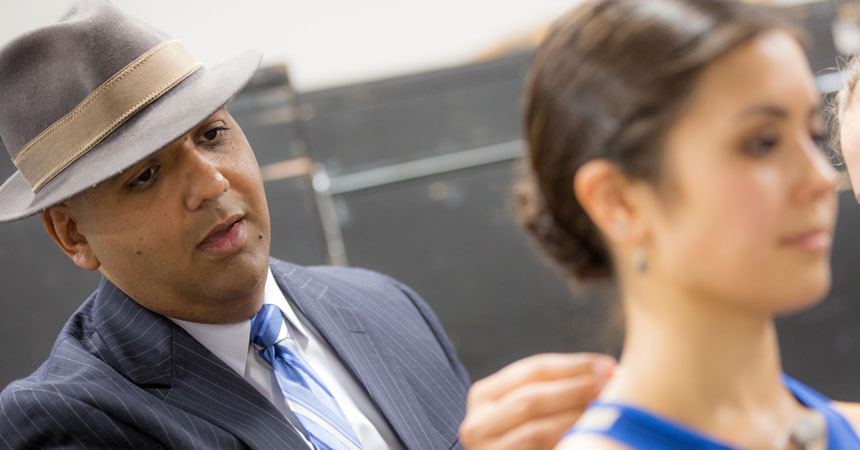
Five male and five female dancers are participating in the study that requires them to have reflectors attached to specific bony landmarks, said project lead Nathan Hershberger, DO, a former professional dancer and a Family Medicine/Osteopathic Neuromusculoskeletal Medicine resident with Medical City Fort Worth.
“The dancers are recorded with 3D motion-capture technology, exactly the same as what was used in the movie ‘Avatar,’” Dr. Hershberger said. “The long term goal is to use this technology to recognize movement that would be considered pathological and find ways to intervene, which could, in theory, lengthen a dancer’s already short career.”
Appointments(817) 735-2455UNTHSC Health Pavilion, 6th Floor |
As Gaiera and other dancers moved through jetes and plies, an enormous volume of data was transferred to the computer where it appeared as stick figures on the screen. Each camera records 120 frames per second, collecting data that later will be analyzed by engineering students at the University of North Texas in Denton.
By December, some dancers were feeling the strain of performing, with some developing minor injuries because of wear and tear. So far, researchers have focused on feet and stability.
“Dancers are tough,” Dr. Surve said. “They will dance right through the pain with a smile on their face. Our job is to make sure that these minor problems don’t turn into major injuries down the road.
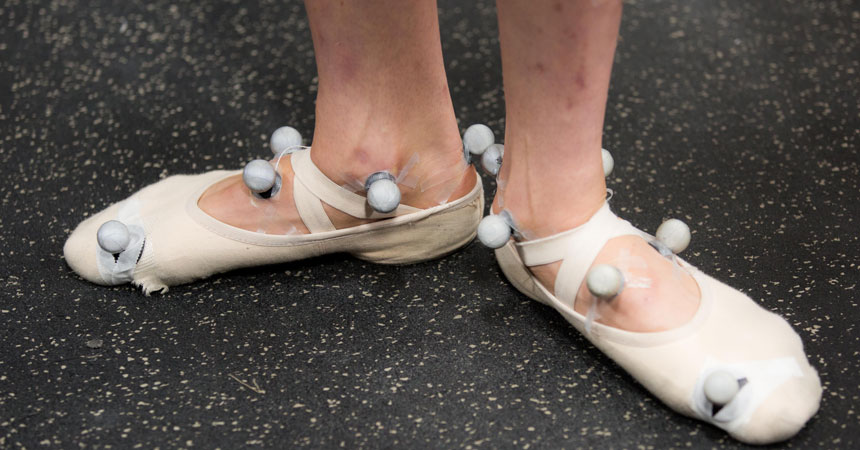
“What we are seeing is there is a direct correlation between how much the supporting foot moves and how much training the dancer has. Less experienced dancers have a lot more movement, but the most experienced are like rocks.”
The more stability someone has, the less likely they will be injured, Dr. Surve said. In the world of ballet, stability is everything.
While the feet have been the focus so far, the research team plans to move to the knees and pelvis for the remainder of the season.
“We want to see what joint gives us the best view in terms of predicting injury,” Dr. Surve said.
Gaiera is grateful that an injury has not kept her away from dancing, and she hopes the data collected will provide even more insight into how to prevent injuries.
“It has been such a thrill to be so dynamically challenged,” she said. “I feel grateful to be doing what I love every day!”
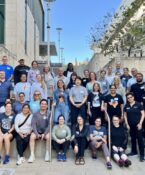

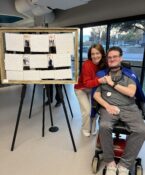
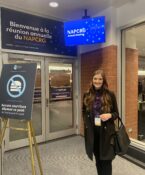

Social media